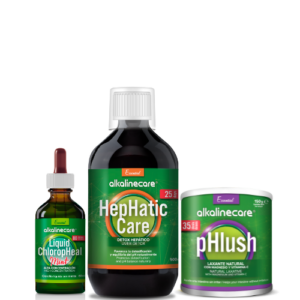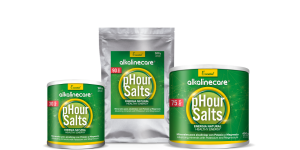In the previous article, we´ve discussed the importance of taking care of our liver, that noble organ, the body’s great laboratory, and how we can cleanse it. Today, we are going to delve deeper into how the liver works in its 3-phase process to accomplish this feat. Today we highlight the 3 phases of the liver detox.
Mainly, toxic substances have a lipid (fat) structure, and since fat is not water-soluble and must be eliminated through urine or bile via feces, the body has created a marvelous multi-step system to transform these toxic substances for easier elimination.
The 3 Phases of Liver the Detox
Phase 1 Liver Detox
This phase consists of a superfamily of enzymes called “cytochrome P450” or CYP 450. It is a large family with different names and numbers, such as CYP 1A1, CYP 3A4, etc.
These enzymes, CYP 450, are responsible for the super cleansing, specialiced in eliminating various toxins like drugs, alcohol, tobacco, sex hormones, and cortisol.
Thanks to their genetic variability, these enzymes can be in three different positions, A, B, and C. What does this mean? In the first position, A, the CYPs cleanse everything very well and quickly; in the second, B, the liver cleanses less; and in the third position, C, the CYPs cleanse very little and slowly.
In practice, this means that some bodies can eliminate toxins at a high speed, such as alcohol and certain medications or toxic substances, as they have a higher tolerance. Conversely, others with very little tolerance feel very unwell. This also applies to other substances.
It’s worth mentioning that women generally have a lower tolerance for alcohol and other chemical substances compared to men. This is why women often notice the effects of alcohol more quickly, regardless of their weight.
The most representative reactions of Phase I are oxidation, reduction, and hydrolysis catalyzed by cytochrome P450 enzymes.
The Liver: The First Cleaning Barrier
In summary, what you need to remember about Phase I is that here, the liver gets rid of most of the toxins and harmful substances, acting as the first cleaning barrier. This is thanks to enzymes called P450 that can cleanse and eliminate toxins such as alcohol, medications (drugs), coffee, tobacco, and hormones like estrogens, androgens, and cortisol.
After this initial process, an intermediate compound is produced, which must proceed to Phase II to complete its detoxification.
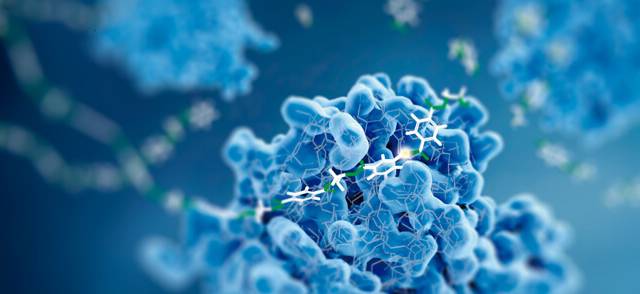
Phase 2 Liver Detox
This phase is called “conjugation,” which means the union of the remaining substance (from Phase I) with another substance to become soluble in water and thus be eliminated via urine and bile through feces.
In this second phase, estrogens, androgens, and other toxins are eliminated from the body, again thanks to the enzymes that, like in Phase I, have three positions and bind hormones and toxins to bile salts.
These Phase II enzymes perform essential processes that act as funnels to eliminate estrogens through feces.
The chemical reactions in this phase are known as: methylation, sulfation, and glucuronidation.
This phase complements the first by thoroughly cleansing and purifying.
How to Know If Your Liver Is Detoxifying Properly in This Phase
If you “methylate” slowly, you might experience headaches, migraines, or muscle stiffness midway through your menstrual cycle. You tend to be perfectionistic, self-demanding, plan everything, and can become obsessive.
Another typical characteristic of a slow methylation is that if you drink coffee you can feel palpitations, nervousness, and can’t sleep at night. You can feel chronic fatigue/fibromyalgia. Or when stressed, you get dandruff, headaches, skin eczema, and diarrhea.
If you “sulfate” slowly, you might have a slow and heavy digestion and/or irritable bowel syndrome. You struggle to digest lettuce and legumes. Red pepper, broccoli, and cucumber don’t suit you well, and garlic and onion repeat on you, and your urine smells very strong when you eat asparagus.
Lastly, if your liver “glucuronidates” very slowly, you might have symptoms of excess androgens. Your skin and the white of your eyes have a yellowish tint (excess bilirubin). Here ends the second phase of th liver detox.
You feel tired, find it hard to concéntrate and focus, think clearly, and your body itches.
With Hephatic Care you can cleanse your liver thoroughly in both fases I and II.
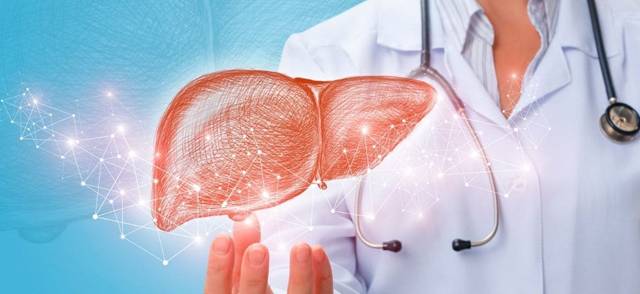
Phase 3 Liver Detox
This final phase, also very important, takes place in the gut. Here we eliminate the residues from Phases I and II through the intestines, and their effective elimination depends on the gut health.
According to Dr. Chris Shade, an environmental chemist and analyst, the most important cause of Phase III dysfunction is intestinal inflammation.
When Phase III is blocked, a negative feedback cycle begins that negatively affects Phase II enzymes and the metabolites produced by Phase I, potentially accumulating and causing more oxidative damage, further impairing the liver detox process.
With pHlush you can cleanse your colon very effectively.
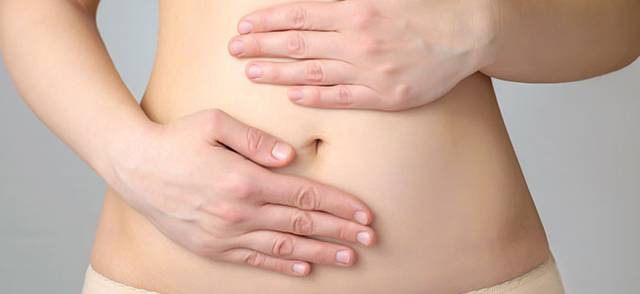
In Conclusion
We can say that the toxins excreted by the liver end up in the intestines, and for them to be properly eliminated, we need to ensure the health of our intestines/colon. This is why it is so important to follow the 3 phases of liver detox.
The state of our microflora, the diet we follow, and our lifestyle play a crucial role here.
As you might have guessed, for your liver to detoxify correctly and continuously, your intestines/colon need to be healthy. What a great team, right?




